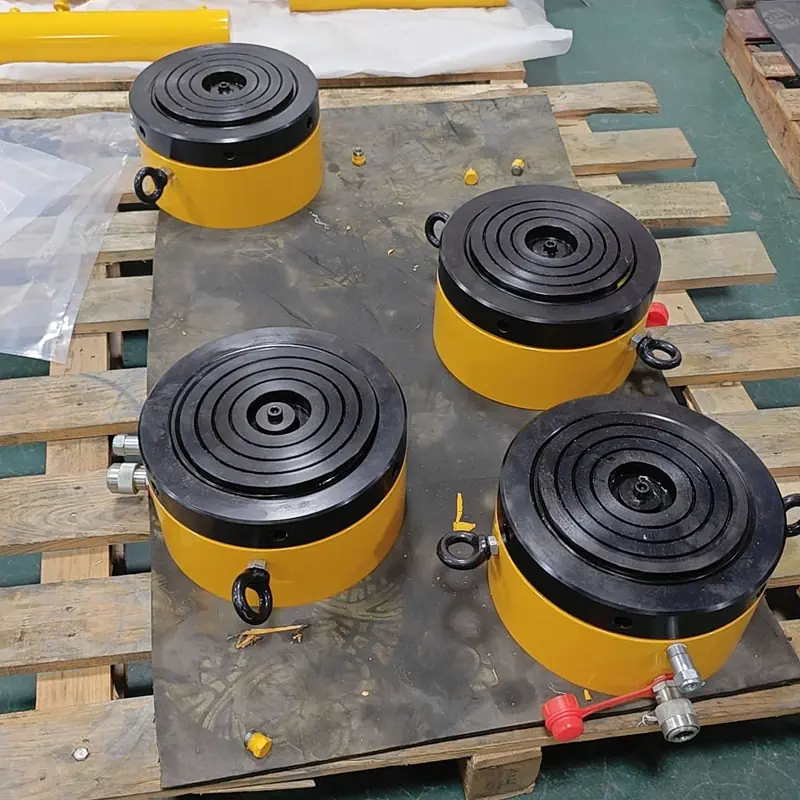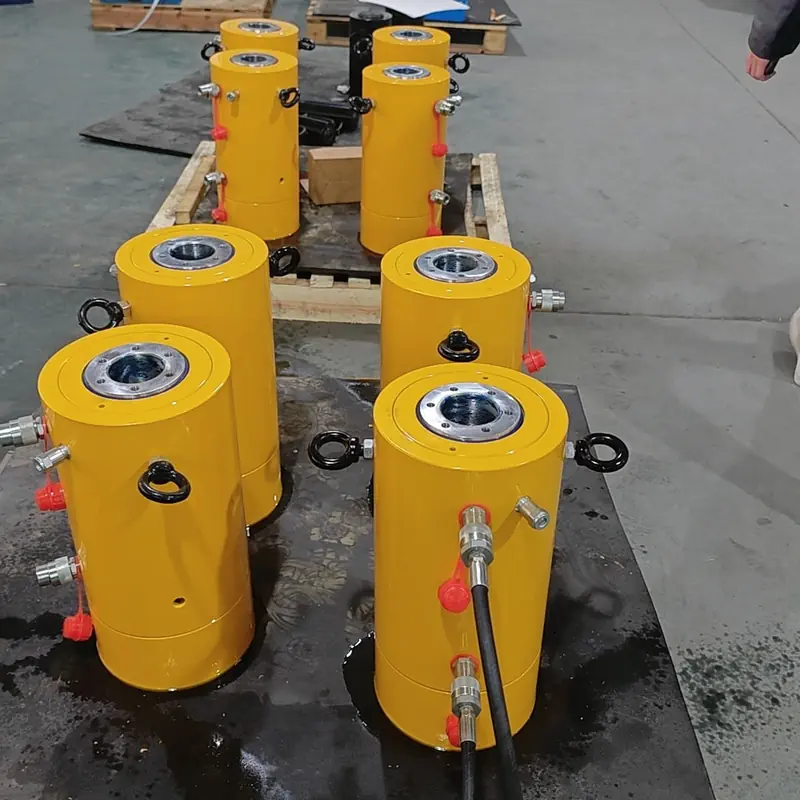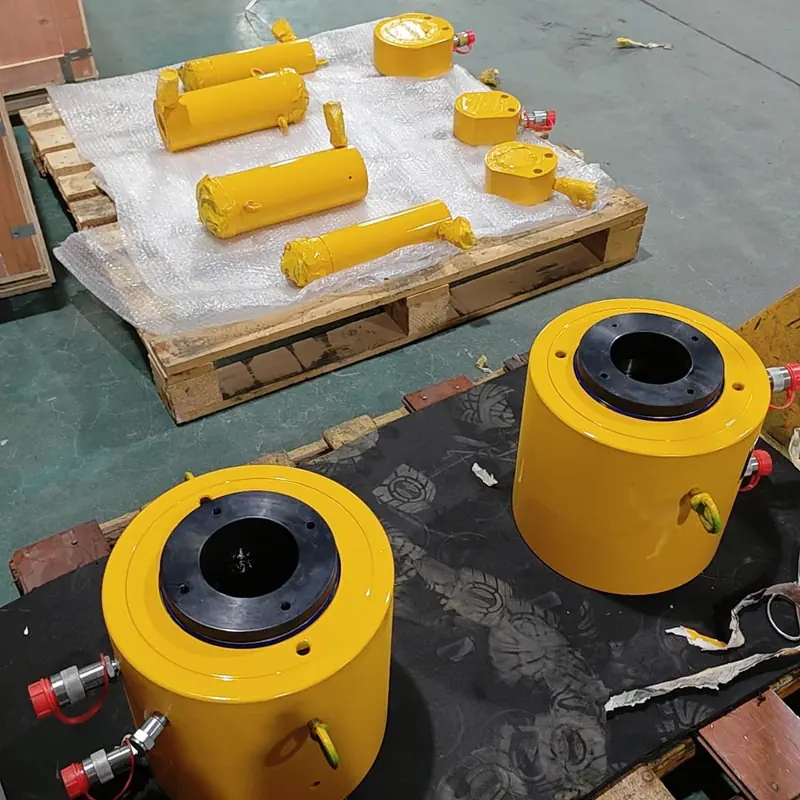How to Identify and Repair Hydraulic Cylinder Failures in Industrial Machinery
Hydraulic Cylinders are essential power units in various industries, providing the linear force and motion required for operating heavy machinery.
However, their efficiency and reliability can deteriorate over time due to wear and environmental factors.
Recognizing early warning signs, understanding causes, and knowing how to effectively repair them are key to reducing downtime and extending equipment life.

Common Signs of Hydraulic Cylinder Failure
1. Leaking Hydraulic Fluid
Visible oil around the cylinder body or on surrounding components usually points to seal or gasket failure. Leaks reduce system pressure, affect efficiency, and risk damage to adjacent machinery parts.
2. Slow or Irregular Movement
If the cylinder retracts or extends slower than expected, or displays jerky motion, it may be due to internal seal wear, damaged piston rods, or fluid contamination.
3. Excessive Noise or Vibration
Knocking sounds or intense vibration often indicate internal misalignment, loosened fittings, or bearing damage. If untreated, these can escalate to system-wide damage.
4. Reduced Force Output
A noticeable drop in the cylinder's lifting or pushing capacity may be linked to internal leaks, worn piston rings, or valve obstructions. Early inspection is vital.
Main Causes of Hydraulic Cylinder Failure
1. Seal Degradation
High temperatures, pressure spikes, and aging materials all contribute to seal wear, reducing the cylinder's ability to hold pressure and causing internal leaks.
2. Contaminated Hydraulic Fluid
Dust, metal shavings, or water in hydraulic oil can severely erode internal components. Contamination usually stems from poor filtration, damaged reservoirs, or faulty breather caps.
3. Piston Rod Damage
Dents, bends, or scratches on the piston rod surface can compromise the entire sealing system, causing friction, leaks, and misalignment.
4. Insufficient Lubrication
Without adequate lubrication, piston rods and bearings experience accelerated wear, leading to heat buildup and mechanical failure. Routine lubrication is critical for performance longevity.

How to Repair hydraulic cylinders
1. Conduct a Thorough Diagnosis
Begin by visually inspecting for leaks, damaged seals, misalignment, and abnormal movement. Disassemble and inspect all critical parts like piston rods, valve blocks, and bearings.
2. Disassemble and Clean
Carefully disassemble the cylinder and clean each component using appropriate solvents. Removing dirt, metal particles, and old lubricant ensures reliable reassembly.
3. Replace Seals and Gaskets
Always replace damaged or aged seals with OEM-grade replacements. Apply recommended lubricants before installing to maintain system tightness and reduce friction.
4. Repair or Replace Worn Components
Damaged piston rods may require straightening or resurfacing. Severely worn bearings, bushings, and rods should be replaced according to manufacturer specifications for best results.
5. Reassemble and Test
Reassemble all components using correct torque values and thread sealants. After reassembly, pressure test the cylinder for leaks and operational smoothness before returning it to service.

Partner with SAIVS for Expert Hydraulic Cylinder Support
At Ningbo SAIVS Machinery Co., Ltd, we provide professional hydraulic cylinder manufacturing, customization, and repair services for industrial clients worldwide. Whether you require standard components or custom-built cylinders, our team ensures durable performance and fast turnaround.
Contact us today to source high-performance hydraulic cylinders or inquire about repair solutions tailored to your application needs.
Address: NO. 626 Yuncai Road, Yunlong Town, Yinzhou, Ningbo, Zhejiang, China
Tel: +86-574-88188161
Phone/Whatsapp: +8613905748980
Email: seo1@saivs.com
Director/CEO: Mr. Jackie Zhou
Why Choose SAIVS™ as Your Supplier?
With 20 years of industry experience, SAIVS is a leading Chinese manufacturer of high-quality tools, offering competitive pricing and excellent customer service.We pride ourselves on exceptional quality control, extensive experience, and comprehensive after-sales service.